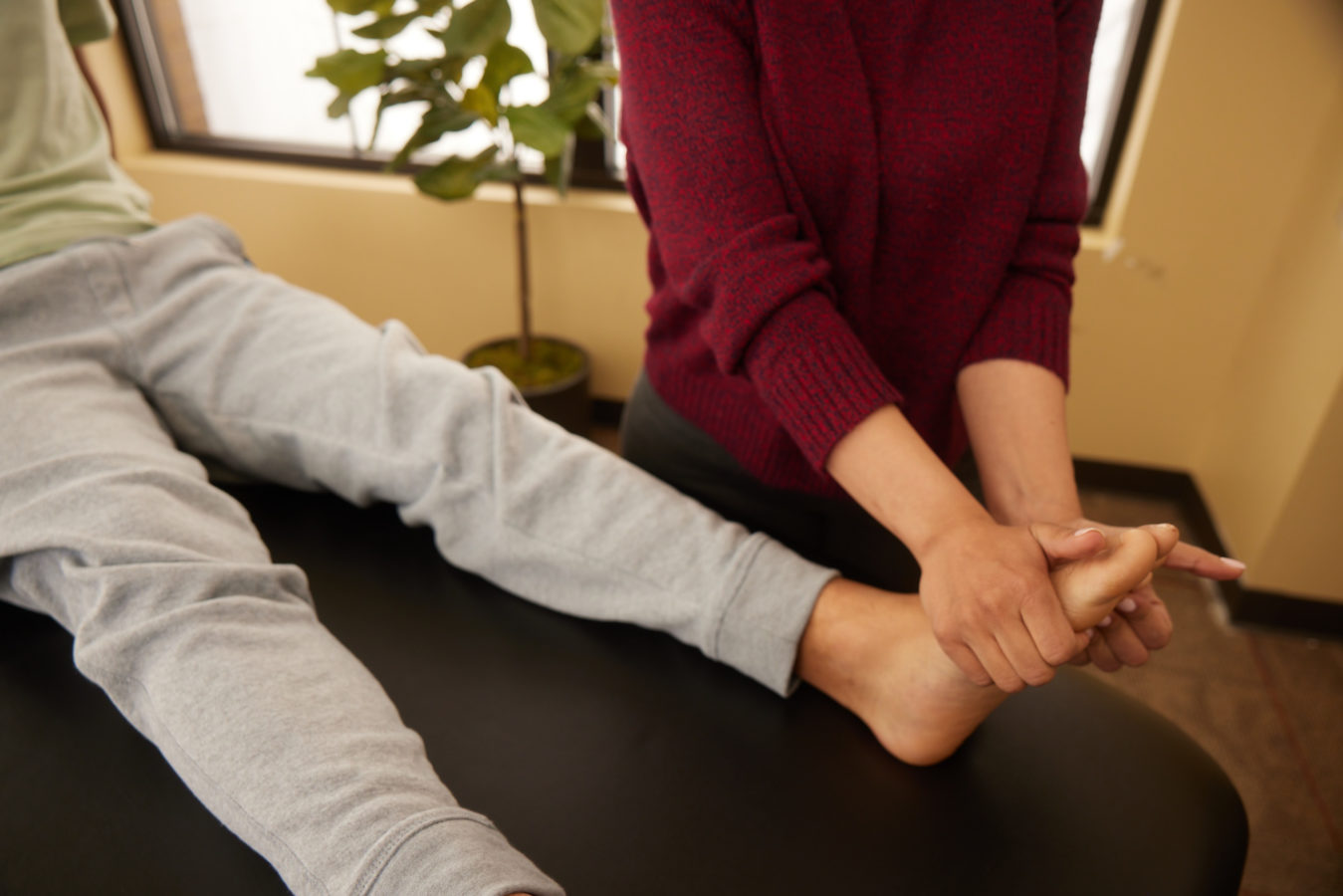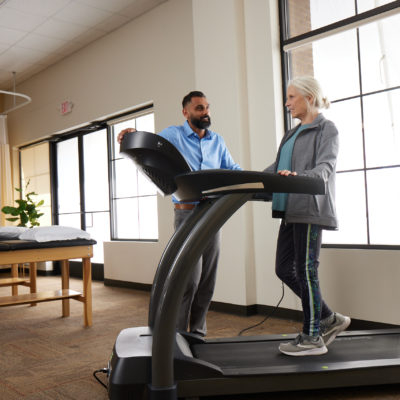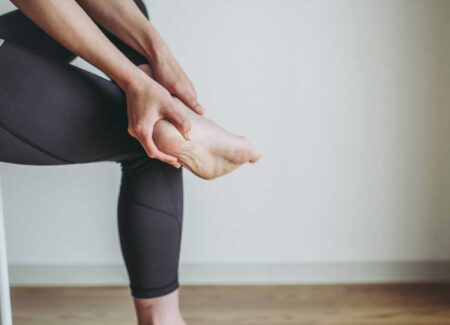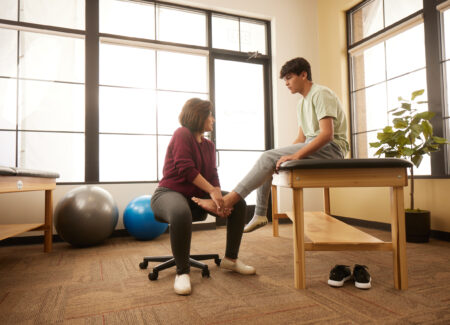
Identify the cause, learn exercises, and prevent a recurrence of plantar fasciitis while reducing pain.
Plantar fasciitis is the most common cause of heel pain or bottom of the foot pain. It is the result of irritation of the plantar fascia, a thick band of tissue on the bottom of your foot that extends from the heel to the toes and helps to support the arch of the foot. It often develops slowly and is most painful first thing in the morning or after prolonged rest.
Physical therapy for plantar fasciitis can help treat the pain that comes with plantar fasciitis by reducing inflammation and improving biomechanics.


Treatment for plantar fasciitis begins with a thorough examination of the entire lower extremity. This includes your leg, foot, and ankle biomechanics, as well as gait analysis. Often the symptoms are caused due to faulty biomechanics. Treatment will include addressing the local inflammation as well as improving biomechanics to decrease the stress on the plantar fascia. Plantar fasciitis treatment may include:




*Services are not available at every location. Visit our Locations page for more details.